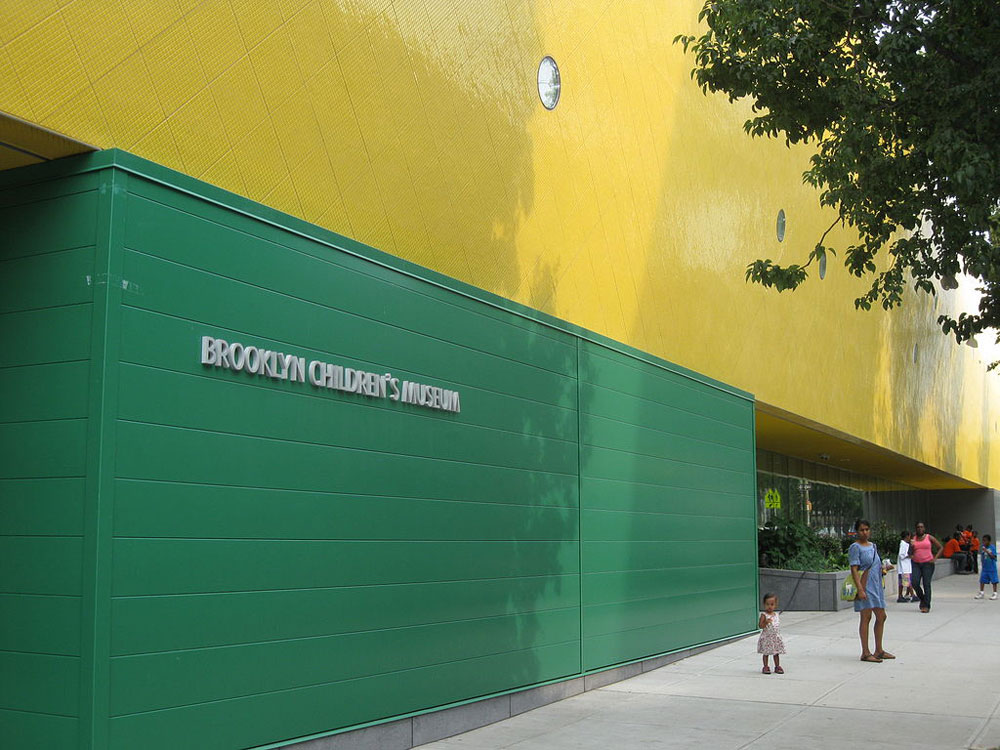
July 29, 2019; New York Times
“While about two-thirds of New Yorkers are people of color, two-thirds of the people who run its cultural institutions are white,” notes Julia Jacobs in the New York Times. These facts attracted the interest of the administration of Mayor Bill de Blasio. Three years ago, NPQ’s Eileen Cunniffe, citing Jacob Bernstein, also at the Times, noted that, “The numbers tell a stark story. The American Museum of Natural History has never had an African-American president or board chairman. Neither has MoMA, the Whitney, or the Met.”
It’s now three years later, and where are New York City’s arts groups? A new study, conducted from August to October of 2018, looks at large institutions such the Metropolitan Museum of Art, as well as smaller groups like the Staten Island Historical Society.
All told, museums do reasonably well in some areas. For example, women comprise 50 percent of board members and 51 percent of executives. While this number is less than the overall female percentage in the city’s arts workforce (65 percent), it still represents a strong female presence in leadership roles. LGBTQ workers are 15 percent of the arts workforce and 26 percent of executive leaders. Openly disabled workers represent eight percent of employees, which is less than their percentage among city residents (11 percent) but higher than their percentage in the workforce as a whole (four percent).
But when it comes to race, people of color remain underrepresented, especially among senior leaders and board directors.
Sign up for our free newsletters
Subscribe to NPQ's newsletters to have our top stories delivered directly to your inbox.
By signing up, you agree to our privacy policy and terms of use, and to receive messages from NPQ and our partners.
The study—commissioned by the city’s department of cultural affairs, conducted by Southern Methodist University, and largely funded by a grant from Deutsche Bank—surveyed 33 institutions on city-owned property and 32 others that receive city money. All told, 11 percent of arts workers surveyed are Latinx, compared with 29 percent of New Yorkers, and 10 percent are Black, compared with 22 percent of New Yorkers. With Asian Americans, only 6 percent were arts workers, compared to 14 percent of city residents. Whites, by contrast, are 32 percent of New Yorkers, but 66 percent of arts workers, 68 percent of arts executives, and 70 percent of board members.
On a brighter note, the city’s efforts to increase racial diversity do seem to be starting to bear results, reports Jacobs. To date, 33 cultural institutions on city-owned property have submitted plans to boost diversity and inclusion among their staff and visitors. Jacobs pointedly notes that the city government has indicated that failure to improve numbers could impact future city funding.
What’s in those 33 plans? Jacobs reviews a half-dozen of these:
- The Public Theater, famous for being the place where the musical Hamilton was first performed in public, currently has a staff that is 57 percent white. It has set an official goal to be no more than 50 percent white by 2023. It has also committed to increasing the percentage of trustees who are people of color from its current 22 percent to at least 35 percent by 2023.
- MoMA PS1, the Queens-based extension of the Museum of Modern Art, has ended unpaid internships, which are often a barrier to low-income workers.
- Lincoln Center for the Performing Arts has committed to analyzing salary equity.
- The Wildlife Conservation Society, which runs four zoos and the New York Aquarium, has committed to creating a mentoring program for employees seeking to move up.
- The Brooklyn Children’s Museum decided to create numerical targets for boosting diversity and inclusion so that within six years, more than half of the museum’s executive team will be people of color and “more than 75 percent of its business contracts are with vendors based in Brooklyn.”
- The American Museum of Natural History has already increased its percentage of board members from 12 percent of people of color in 2014 to 21 percent today. It has also pledge to improve exhibits—like the Northwest Coast Hall, opened in 1899—that the museum concedes currently provide “presentations of non-Western cultures from colonialist or imperialist perspectives.”
Tom Finkelpearl, the city’s cultural affairs commissioner, tells Jacobs, “My feeling…is that this is being embraced. Everyone has the right to have the expectation that the cultural life of New York City should be reflective of the communities.”—Steve Dubb













